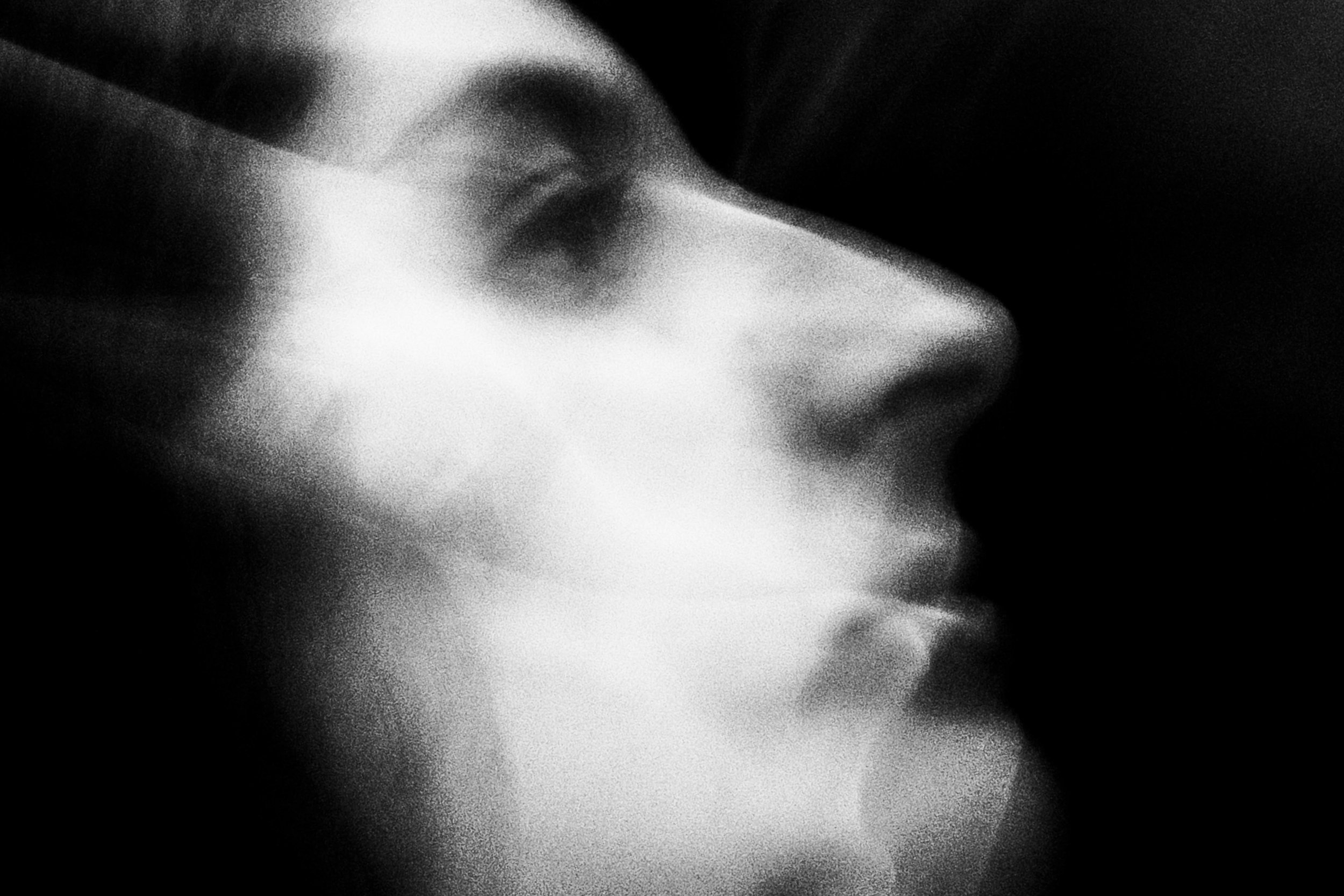Interview
Eltaj Zeynalov
Eltaj Zeynalov was born in Azerbaijan in 1986. He began photography as a dilettante then took on a more enthusiastic approach into the field. His photos have received recognition through several awards in his country as well as abroad, and are found in several private, public and corporate collections.
Eltaj is very active on social issues and works with physically and mentally disabled people. He’s currently working principally on personal long-term projects, corporate works and editorials. Most of his work is not currently centered around local issues, and his exhibitions are mostly organized abroad.
Could you tell us about your background and how you started your journey in the art world?
“My name is Eltaj. I am 35 years old and I was born in Azerbaijan. My parents are tailors. As a child, I spent most of my time near them, among fashion magazines and colorful fabrics. This gave me the confidence to start loving art, although I received my education in a different field. Years later, I decided to explore fields that were more aligned with my personal strengths, therefore I started taking my first steps in art. Although I started as an amateur, the more I worked, the more seriously I took it. Currently, I participate in a number of exhibitions both in and out of the country where I live. My works are now in private collections. I’m also very active in social projects.”
Which artists influence you most?
“Egon Schiele’s, Jackson Pollock’s and Francis Bacon’s works influence me the most.”
What themes do you pursue? Is there an underlying message in your work?
“I am focused on sociology and so a very big part of my work is human emotions. Fear, laughter, passion, pain and love - these emotions are inexplainable and at the same time, are circumstances that each of us has experienced.”
“Nowadays, everything changes rapidly. This, of course, has an impact both on art and photography. One always has to be aware of new trends and innovations. In my opinion, one always needs to seek self-development.”
How would you describe your work?
“My artwork takes mainly human emotions. My choice of subject comes from my interest in ideas about people. I want to create a kind of sensual directness in my work, such as primeval emotions, while addressing such fundamental issues as memory, eros, mortality and pain. While I take pictures of them, I try to be close to their internal feelings. I feel that there is mysterious connection between us, and I am very keen to show their inner emotions in my artworks. By using ambiguous, trimmed views of the human body, I want to tap into the powerful uncertainties of pleasure and pain in my artworks making people to examine their erratic interiors.
Why did I choose this genre? I think our life is essentially rooted in our feelings, our bodies and faces, therefore it is main way to express these feelings. But it is difficult to catch the feelings suggested by these physical experiences. As I mentioned earlier, human expressions are the most important area for me. I spend most of my time studying and analyzing them.”
What would you say inspires you most?
“Individuals, inner beauty and human feelings are my source of inspiration. It comes from working in social projects. I enjoy meeting and interacting with a lot of people. If I work with an individual, I try to understand his/her feelings first and unfasten those to get started. This process is very important for me.”
“I would divide my works into two groups - the first is black and white, and the second is experimental abstract.”
What is your creative process like?
“I have a small working room in the house where I live. I spend most of the day over there printing works in possible alternative ways. I work hard on films and I do experiment a lot. I love this process. True, it takes lots of my time but when you receive the right results, you forget about the time spent.
I use black and white color in my photography in each project, because my methodology is consistent on this genre. Black and white gives me the chance to bring people into direct confrontation with that psychological self, which is - for many - frightening and forbidden; yet so charming that it makes them to gaze upon. I want to deliver reality of image without any additional colors.”
What is an artist’s role in society and how do you see that evolving?
“Artists' role in society is big. As in all times, they have a huge impact on people. Their works ought to reflect difficulties of ongoing times. Given political situations, pandemic, etc., the role of artists is now much bigger than it was.”
Have you had any noteworthy exhibitions you'd like to share?
“I took part in CarnemBody#3, a photographic exhibition in İtaly. It was a very memorable experience. Take a look here.”













